Animals change colour primarily for survival. This ability, called chromatic adaptation, helps them blend into their surroundings to avoid predators or to sneak up on prey. It's an essential form of camouflage. Did you know some animals can change colour based on the seasons? Others change colour instantly to protect themselves from danger. For example, the Arctic Fox changes its coat from brown in summer to white in winter. This helps it hide in the snow. Also, the Chameleon is famous for changing its skin colour. It does this by controlling special cells called chromatophores. In this article, we'll take a look at the list of animals that can change colour to protect themselves. We'll explore their incredible adaptations.
ALSO READ| List of Top 11 Colorful Snakes in the World: Updated
List of Colour-Changing Animals in the World
Here's the list of the animals that can change colour according to the season or to protect themselves:
| Rank | Animal Name | Habitat | Reason for Colour Change |
| 1 | Chameleon | Forests, Savannas | Camouflage, mood, communication |
| 2 | Cuttlefish | Oceans | Camouflage, communication |
| 3 | Mimic Octopus | Coastal seas | Camouflage, mimicry |
| 4 | Golden Tortoise Beetle | Gardens, forests | Mating, agitation |
| 5 | Crab Spider | Meadows, gardens | Camouflage, hunting |
| 6 | Flounder | Ocean floor, reefs | Camouflage |
| 7 | Arctic Hare | Arctic tundra | Seasonal camouflage |
| 8 | Seahorse | Coastal waters | Camouflage, communication |
| 9 | Rock Ptarmigan | Arctic, alpine regions | Seasonal camouflage |
| 10 | Gray Tree Frog | Forests, wetlands | Camouflage, temperature control |
1. Chameleon

The chameleon is the most famous colour-changing animal in the world. It lives in the forests and savannas of Africa and Madagascar. Chameleons change colour to blend in with their surroundings, mainly for camouflage. They also change colour based on their mood, such as stress or excitement. This helps them communicate with other chameleons and regulate their body temperature. Chameleons have special skin cells called chromatophores, which control their colour. They have excellent eyesight and can look in two directions at once. Chameleons are slow movers and rely on their colour-changing ability to stay safe from predators.
2. Cuttlefish
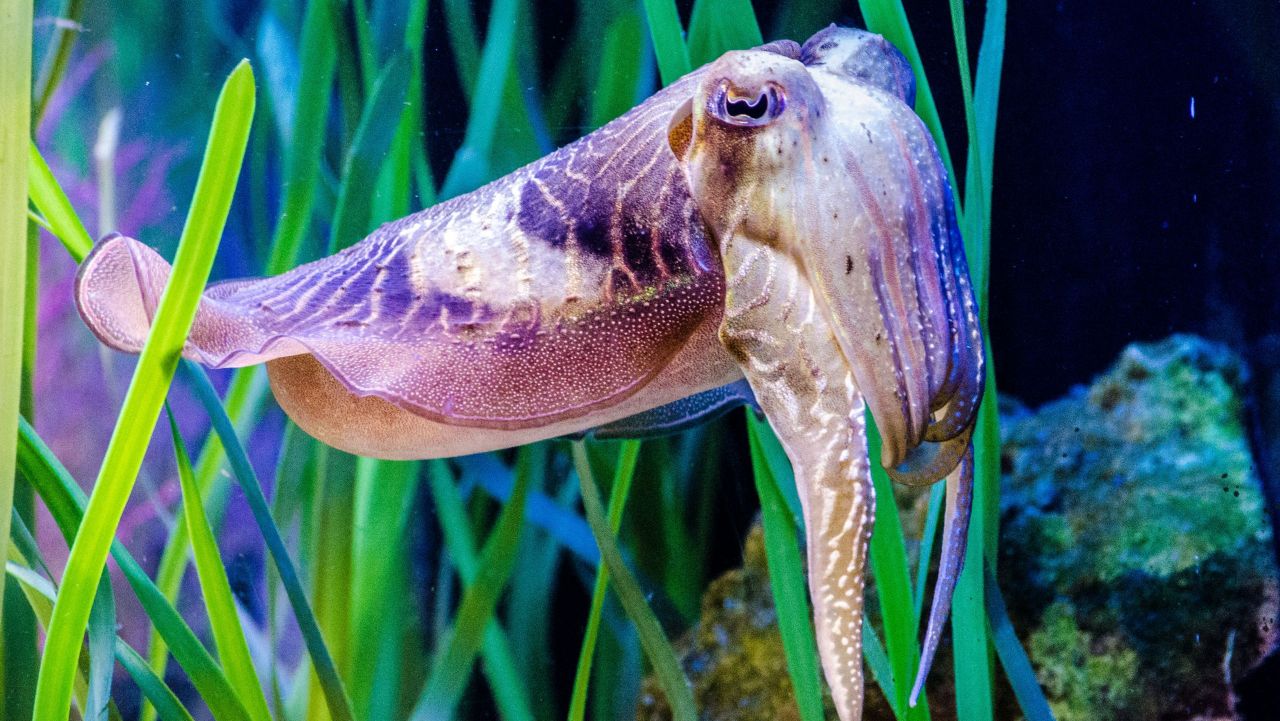
Cuttlefish are ocean animals related to squids and octopuses. They are called the "chameleons of the sea". Cuttlefish can change their colour and even texture in less than a second. They do this to hide from predators, hunt prey, or send signals to other cuttlefish. The colour change is possible because of millions of chromatophores in their skin. They can create amazing patterns and mimic objects around them. These skills make cuttlefish one of the most impressive colour-changing animals in the world.
3. Mimic Octopus
The mimic octopus is a sea animal known for its exceptional talent to change both colour and shape. It not only matches the colour of the sea floor but can also imitate other sea creatures, like lionfish or sea snakes. This helps it escape predators and catch food. The octopus uses special skin cells just like cuttlefish and chameleons. It sends signals from its brain to these cells to change its appearance. This allows the mimic octopus to survive in the wild by both hiding and tricking enemies.
4. Golden Tortoise Beetle
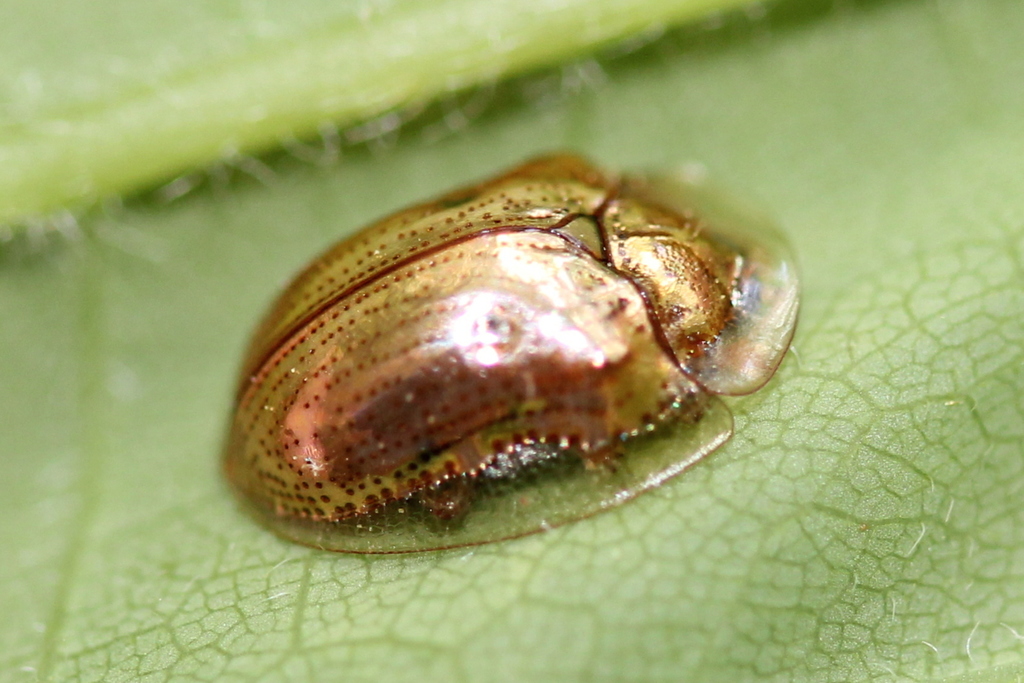
The golden tortoise beetle is a small insect with a shiny, gold-coloured shell. It lives in gardens and forests. This beetle changes colour mostly when it is disturbed or mating. It can turn from gold to bright red quickly. The colour shift is caused by the way light passes through its body, not by pigment change. This is a type of optical illusion. The change warns predators or attracts mates. Its colour-changing ability makes it rare among insects.
5. Crab Spider

Crab spiders are masters of disguise in the insect world. They live in meadows and gardens, often on flowers. These spiders can change their colour to match the flower they wait on. This helps them catch insects that come for pollen and keeps them hidden from predators. The change can take a few days and involves releasing different pigments in the body. Crab spiders use this skill mainly for hunting but also for safety.
6. Flounder

Flounders are flat fish that live on the ocean floor. They are excellent at blending into their surroundings by changing colour. Their skin can shift between sandy, rocky, or coral backgrounds within seconds. This colour change makes it easier for them to hide from predators and sneak up on prey. Flounders rely on their eyesight to adjust their colour accurately. If their eyes are damaged, they cannot change colour well.
7. Arctic Hare
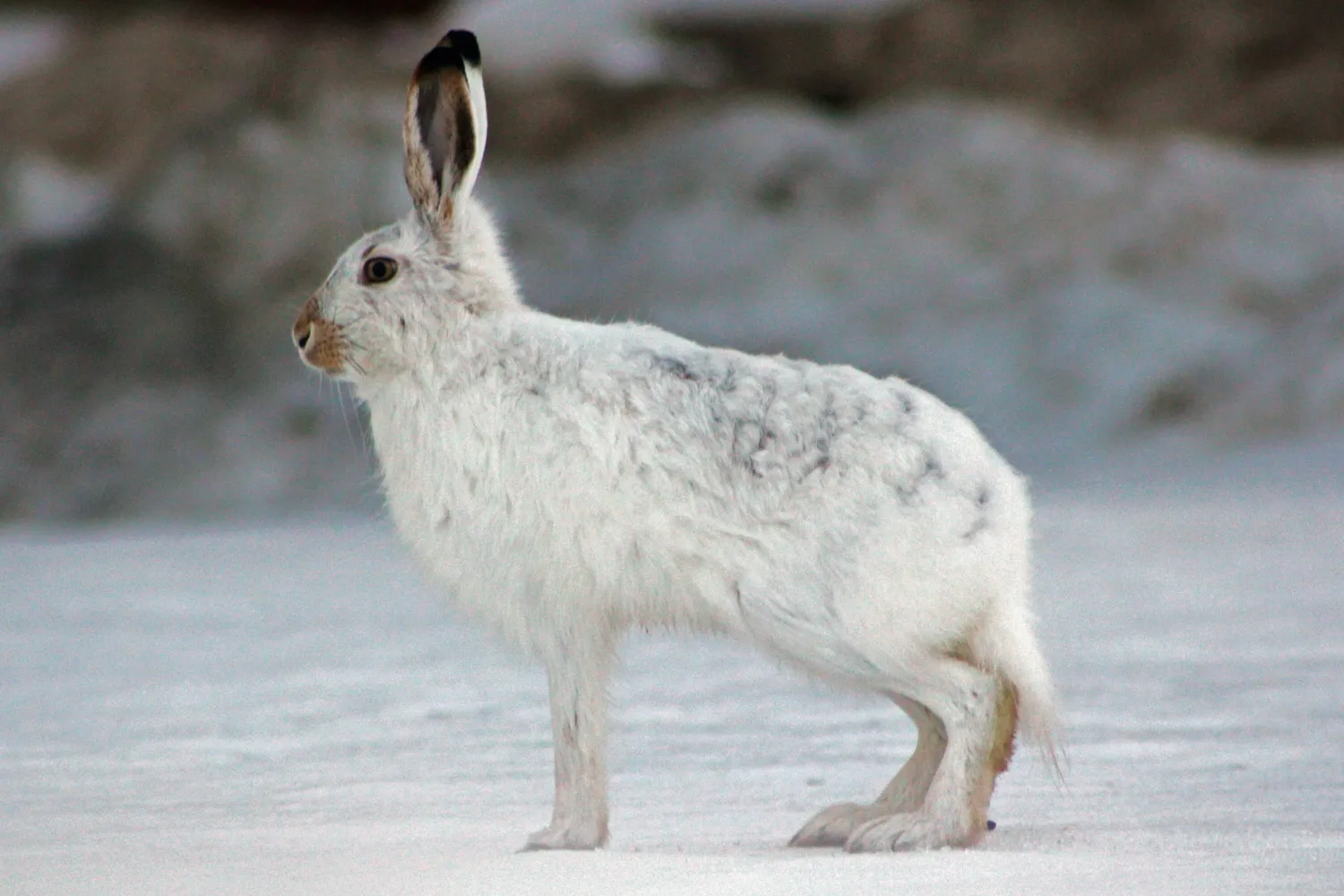
The Arctic hare is a rabbit-like animal found in frozen lands. It changes its fur with the seasons. In summer, its coat is brown or grey to blend with rocks and dirt. In winter, the fur turns white so it can hide in the snow. This seasonal colour change protects it from predators like foxes or owls. The change happens gradually as temperatures drop. Arctic hares use this camouflage to survive harsh conditions.
IN CASE YOU MISSED| List of 7 Most Colorful Birds in the World and Their Habitats: Ranked
8. Seahorse

Seahorses are small fish with horse-like heads found in shallow waters. They can change colour to hide among seagrass, coral, or rocks. This helps them escape from bigger fish. Seahorses also change colour during courtship or when communicating feelings to other seahorses. Their colour change helps them avoid danger and find mates. Seahorses are not fast swimmers, so their survival depends on their unique ability to swim slowly.
9. Rock Ptarmigan
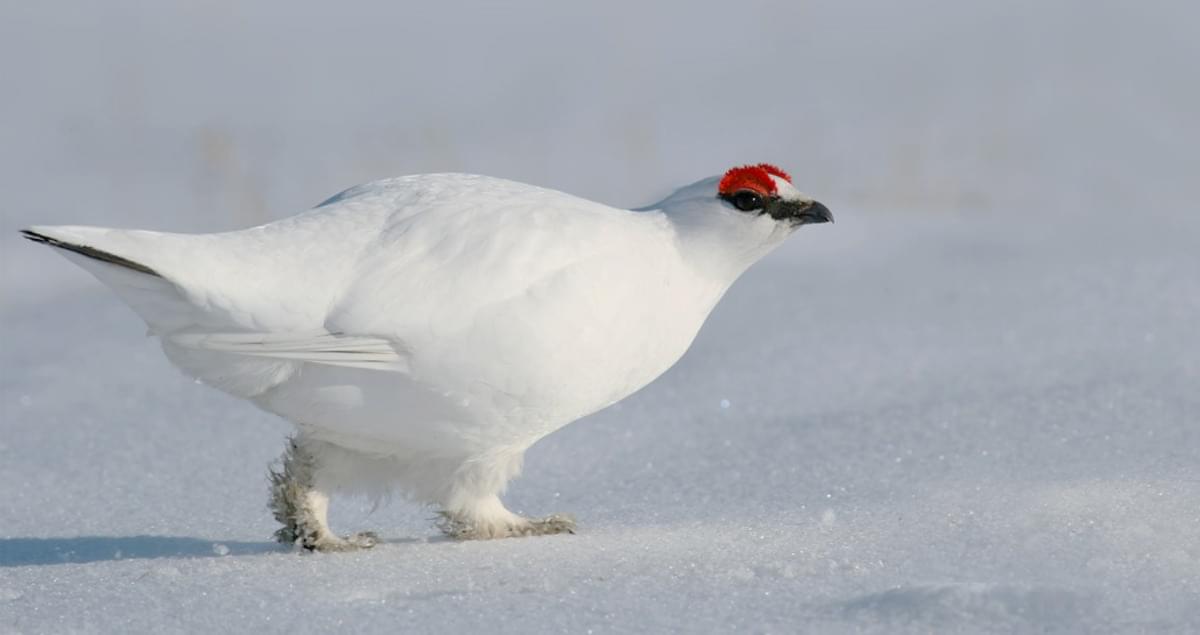
The rock ptarmigan is a bird that lives in Arctic and mountain regions. It has a unique way of changing its feathers as the weather changes. Its feathers are brown or grey in warmer months and turn white in winter. This protects the bird from predators by making it almost invisible against the snow. The rock ptarmigan moults three times a year — one of the few birds with this ability. Seasonal camouflage helps it survive in harsh environments.
10. Gray Tree Frog
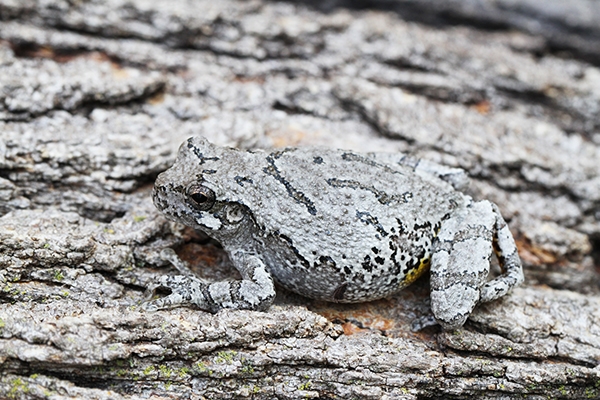
Gray tree frogs are small amphibians that live in forests and near ponds. They can quickly shift their colour from green to grey or brown. This helps them blend in with bark, leaves, or moss. The colour change helps the frog avoid predators and regulate its body temperature. Their skin contains special cells that adjust colour based on surroundings and weather. Gray tree frogs are hard to spot unless they move, which shows how well their camouflage works.
Which Animal Can Change Its Hair Colour With The Season?

The Arctic Fox changes its hair colour with the season. Its coat is typically brown or grey in the summer to blend with the rocks and tundra. As winter arrives, the fur changes to a thick, white colour, providing perfect camouflage against the snow. The length of daylight triggers this colour change.
Which Animal Changes Its Eye Colour In Winter?

The Reindeer (or Caribou) is the only mammal known to change its eye colour seasonally. In summer, their eyes are golden. However, in the dark Arctic winter, they change to a deep blue. This adaptation helps them see better in the limited blue light of the extended twilight by changing how light reflects inside the eye.
Which Animal Changes Its Fur Colour In Winter?

Several mammals change their fur colour in winter for camouflage, including the Snowshoe Hare and the Arctic Fox. The Snowshoe Hare changes from a brown summer coat to a bright white winter coat, triggered by the shortening daylight hours. This allows it to stay hidden from predators in the snowy landscape.
Which Is The Only Mammal That Can Change Its Eye Colour According To The Season?
The Reindeer (or Caribou) is the only known mammal to change its eye colour with the seasons. Its eyes shift from a golden hue in summer to a deep blue in winter. This adaptation is due to changes in the structure of the tapetum lucidum (the light-reflecting layer) to maximise vision in the dark Arctic environment.
FOR YOU| Top 10 Animals with the Largest Horns
Which Animals Can Change Colour?
Many animals change colour for camouflage, communication, or temperature control. Famous examples include the Chameleon, Octopus, Cuttlefish, and Flounder. Others, like the Arctic Fox and Snowshoe Hare, change colour seasonally, while the Mimic Octopus can change its pattern to imitate other sea creatures.
What Is The Animal Called That Changes Colour?
Animals that change colour are not called one specific name but are often referred to as masters of camouflage or are said to exhibit chromatic adaptation. The Chameleon is the most famous example, changing its hue using specialised skin cells called chromatophores for social signalling and regulating body temperature.
Which Bird Can Change Its Colour?

The Rock Ptarmigan is a well-known bird that changes its plumage colour with the seasons. It switches from a mottled brown or grey in the warmer months to a snow-white colour in winter. This is a vital adaptation for camouflage in the snowy Arctic and alpine regions to avoid being spotted by predators.
Which Animal Is Famous For Changing Its Colour?
The Chameleon is the animal most famous for changing its colour. It can shift its skin colour rapidly, primarily to communicate its mood (like aggression or mating interest) and to regulate its body temperature. While also used for camouflage, its dramatic colour shifts make it the icon of this ability.
What Fish Can Change Colour?

Several fish can change colour rapidly. The Flounder is a master of disguise, changing its colour and pattern to perfectly match the sand or gravel on the ocean floor for camouflage. Another example is the Hogfish, which can quickly shift hues from white to red to mottled brown to hide from threats.
WHAT'S NEXT| List of Top 7 Animals that Live at the Highest Altitude on Earth: Ranked
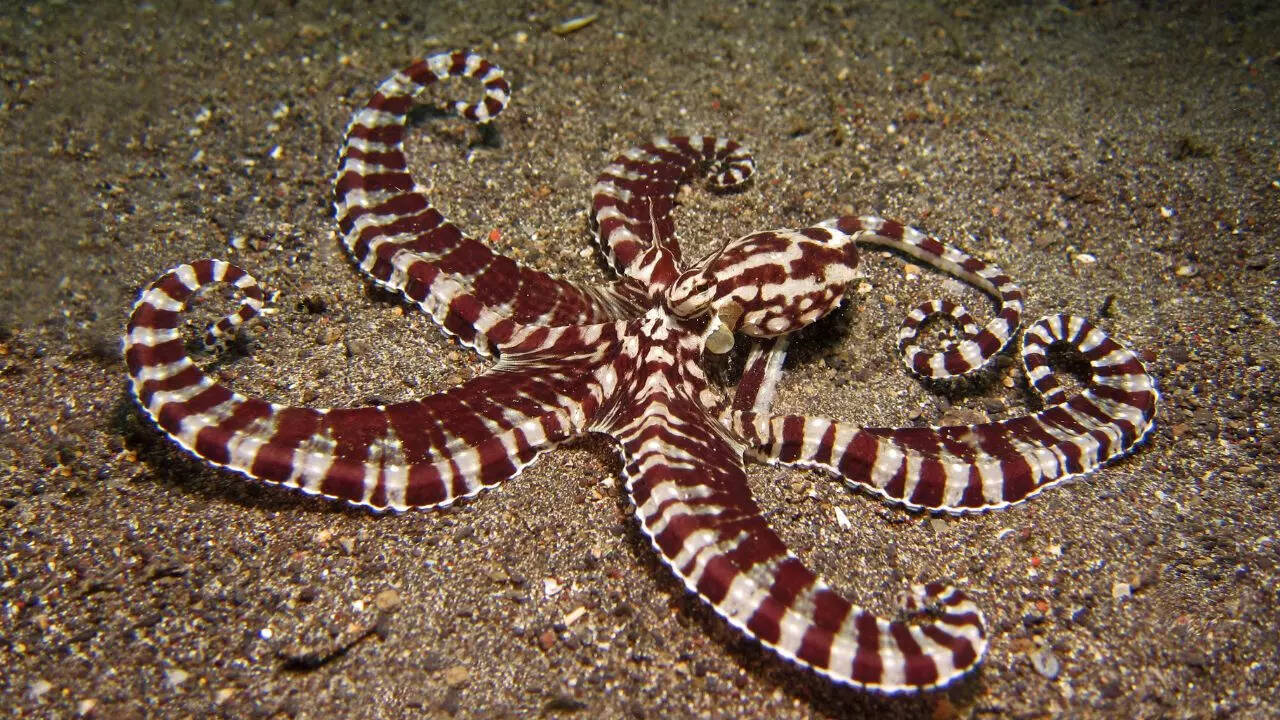
Comments
All Comments (0)
Join the conversation